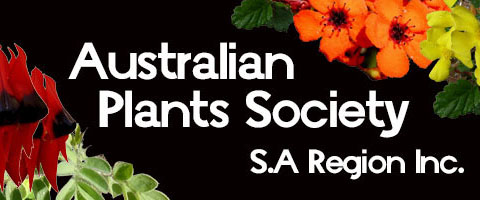Australian Plants for Adelaide Gardens - Soils
Page 7 of 12
Soils
As a very general guide to the grower the soil map* has been included which categorises the Adelaide soils into broad types. Adelaide soils, however, are quite complex and variable and in many places, have been altered by their use as gardens over time, so the new gardener is best advised to have the soil tested before drawing any firm conclusions.
Good drainage too, plays an important part in successful growing of many native plants. Hence, limestone soils on steeper slopes (e.g. the Glen Osmond-Beaumont area) may grow some plants successfully which fail on poorer drained similar soils on the flatter plains.
Most of the Adelaide Plain's soils are of clay-limestone origin, usually neutral to alkaline in the topsoil but alkalinity increasing with depth. Some of the foothills soils in suburbs such as Tea Tree Gully, Athelstone and Hope Valley, are lime-free sands which are more conducive to growing many of the more difficult native plants. Deep dunal sands occur along the coast, mainly very alkaline and containing some salt. Here plants are usually subjected to strong salt-laden winds which play an important part in determining which ones may succeed.
The Mount Lofty Ranges are quite extensive and the map does not attempt to show the soil variations of this complex region. Nonetheless, two soil types are common - podzols of acid reaction and skeletal soils - rocky soils with little topsoil or nutrient. The cooler, wetter climate may often play a more important role than soil type when choosing plants suitable for growing in Hills gardens.
*Reproduced from 'Growing Australian Plants', Holliday, Ivan and Lothian, Noel Rigby, Adelaide; revised ed. 1981. For further reading on Adelaide soils refer Chapter 1, pages 9-13 of 'Growing Australian Plants'.



